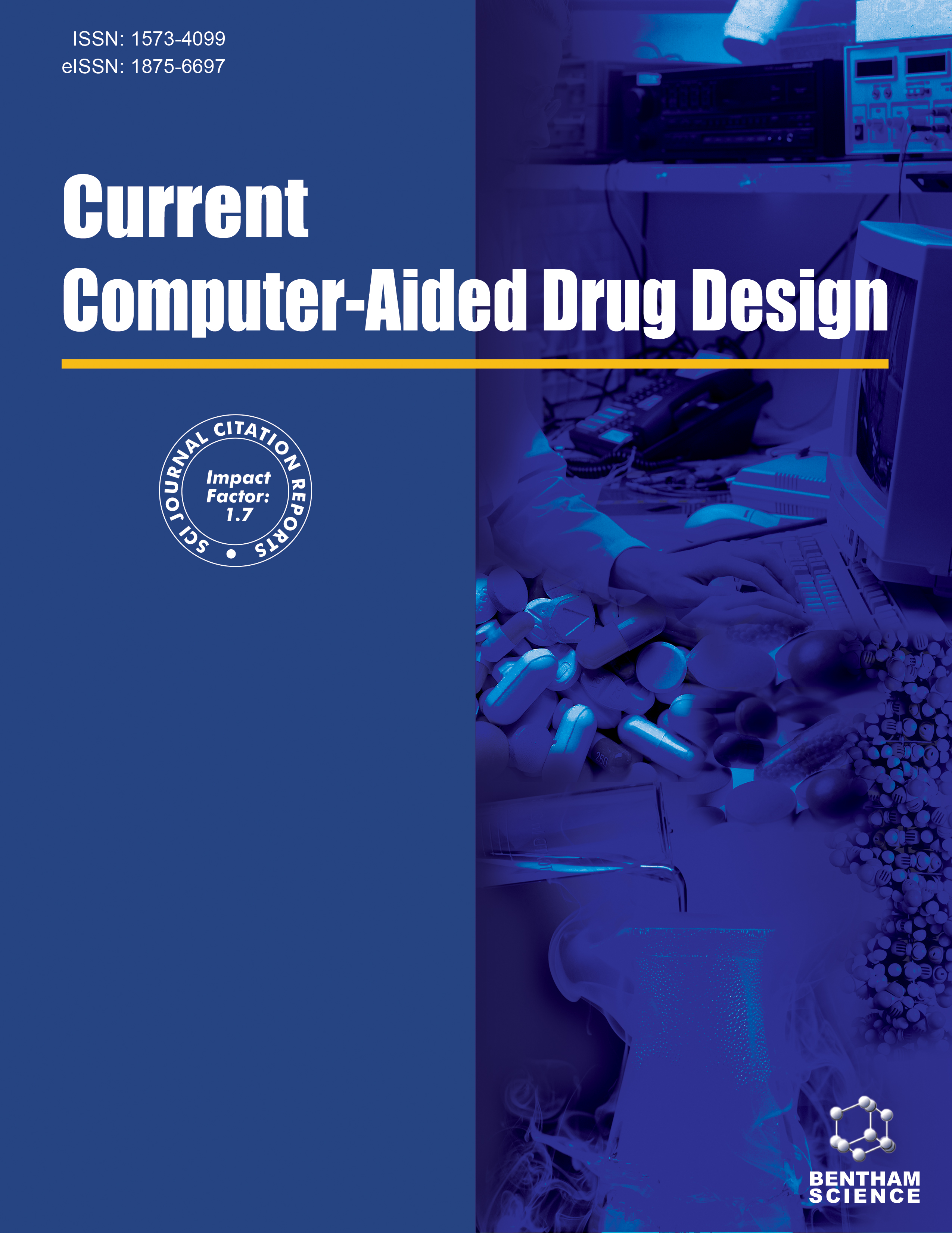
Full text loading...
One of the most important targets in cancer immunotherapy is programmed cell death ligand 1 (PD-L1). Monoclonal antibodies developed for this target have disadvantages due to their low bioavailability and some immune-related adverse effects. Additionally, small molecules targeting PD-L1 are still in the experimental stage. At this point, discovering non-toxic natural compounds that directly or indirectly target PD-L1 is essential. In this in silico study, a comprehensive literature search was conducted to identify publications reporting the master regulator of PD-L1, which was suggested as a Signal Transducer and Activator of Transcription 3 (STAT3). The relationship between STAT3 and PD-L1 was further investigated through bioinformatic analysis.
Subsequently, natural compounds targeting PD-L1 and STAT3 were screened, and compounds with suitable toxicity profiles were docked against both PD-L1 and STAT3. Following molecular docking, the selected molecules underwent DNA docking, ADMET profile analysis, and in silico assessment of biological activities. The relationship between PD-L1 and STAT3 was determined in 52 out of the 453 articles, and it was further demonstrated in gene-gene interactions. Following the virtual screening, 76 natural compounds were identified, and after pre-filtering based on physicochemical properties, drug-likeness, and ADMET profiles, 29 compounds remained.
Subsequent docking revealed that two compounds, 6-Prenylapigenin, and Gelomulide J, persisted. ADMET and biological activity prediction results suggested that 6-Prenylapigenin is non-toxic and has the potential to inhibit PD-L1 and STAT3 in silico. The present study highlights that STAT3 serves as the master regulator of PD-L1, and it further suggests that 6-Prenylapigenin exhibits the potential to modulate PD-L1 and/or STAT3.
This finding could pave the way for the development of small molecules designed to block the PD-1/PD-L1 interaction by silencing the PD-L1 and/or STAT3 genes or reducing protein levels.

Article metrics loading...

Full text loading...
References


Data & Media loading...
Supplements

